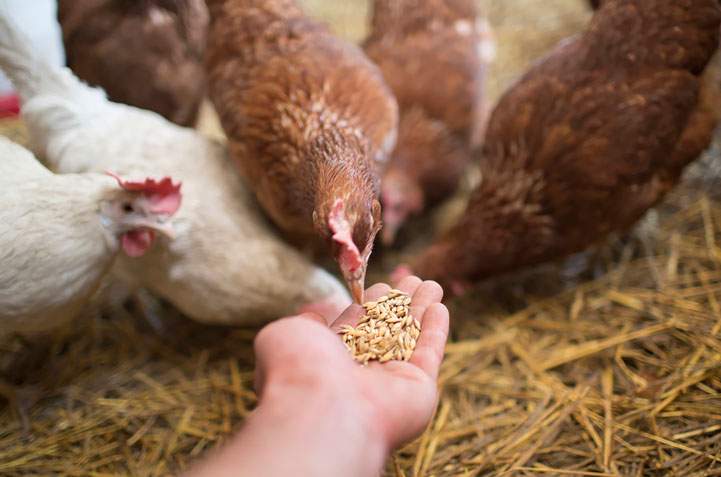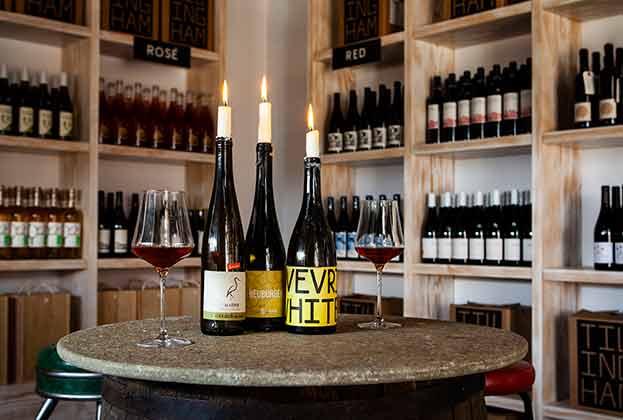Estates and farm businesses in the UK have found creative ways to respond to the Covid-19 restrictions and changes in consumer behaviour
Resilience amidst adversity
This Spotlight features our updated Rural Vibrancy Index, which tracks some of the key economic and social factors influencing farm diversification. We explore opportunities and key consumer trends for 2021 through a series of business case studies. In addition, at a time when many businesses are struggling, we focus on innovative ways to fund diversifications and improve communication through the power of social media.
The UK, like so much of the world, was desperately unprepared for the pandemic. For farmers and landowners it came at a time of existing disruption as Brexit and the consequential reform of agricultural and rural development policy challenged business plans.
As well as the serious effects on people’s health and wellbeing, the implications of Covid-19 for business and the economy have been severe. Many diversified farm businesses have suffered losses due to closures and the restrictions on the movement of people. Wedding venues, accommodation providers, visitor attractions, adventure parks and festivals are some of a long list of rural diversifications that were forced to shut, just as they were entering their busy season. In spite of this, many diversified businesses have been incredibly adaptable and resilient in embracing the 'new normal'. Throughout the year, we have heard inspirational stories about how they are reshaping their offer to keep businesses afloat and customers happy.

On track for growth
The Rural Vibrancy Index 2019 showed strong annual growth of 5.5%, continuing a positive trend for the Index. Of the various elements that it tracks, diversified enterprises showed the strongest performance during the year (8.5%). The Rural Vibrancy Index also looks at indicators of the underlying performance of farm businesses. A rise in Total Income from Farming (Defra) in 2019 compared to the previous year, contributed to an annual growth of 5.1% in the Farm Drivers Index. The final element of the Rural Vibrancy Index is the Economic Base Index, which represents the strength of the underlying economy. In 2019 it acted as a drag on the overall Index, with a fall of -1%. A strong year overall.
Looking ahead…
2020 has been a uniquely disruptive year for the diversification sector, but our Rural Vibrancy Index forecast for this year is not all doom and gloom. We have taken into account the most recent data available in combination with insight on the other elements and predict an overall rise in the Rural Vibrancy Index for 2020 of 1.6%. An estimated decline of -2.2% in the Base Economic Index and a flat forecast for farming performance means that the positive result is entirely attributable to the continued strength of the Diversified Enterprise Index, albeit forecast to grow at its slowest rate (3.8%) since the Index began. Despite a difficult time for many, we predict that core elements of the Diversified Enterprise Index, such as British vineyards and renewable energy returns, will continue to show strong growth through 2020.
As the march towards net zero gathers urgency and pace, renewables will increasingly be called upon to fulfil our insatiable need for energy
Savills Rural Research
They say a crisis creates opportunity, and this year we have seen how the pandemic has accelerated pre-existing trends and new ideas. Reflecting on this, we highlight (below) how we think key elements of the Rural Vibrancy Index might perform into 2021.
Read the articles within Spotlight: Farm Diversification below.



